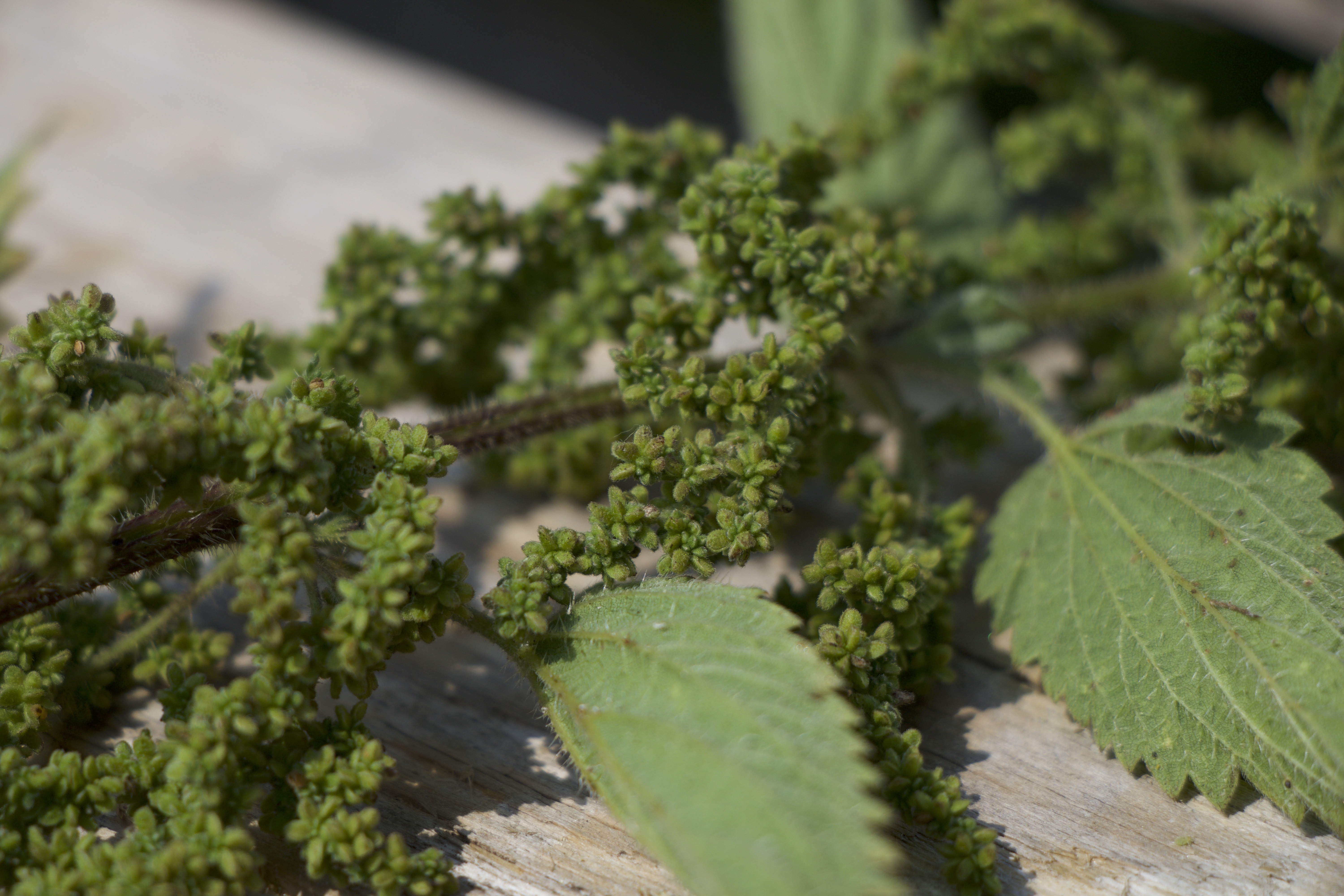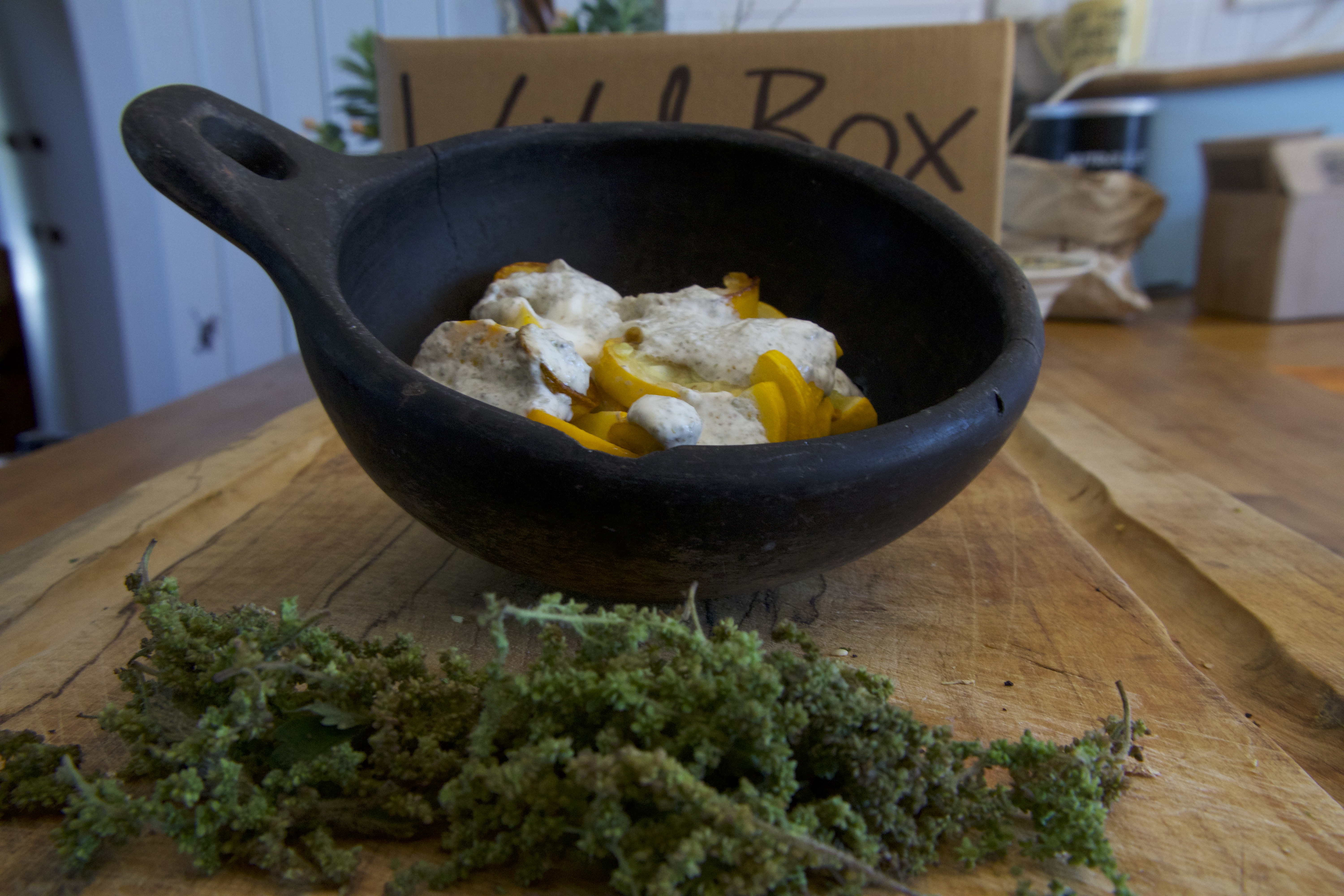Nettle (Urtica dioica) seed might be the food you didn’t know you needed.
Eating nettles is becoming more and more common in our diets as the nutritious plant gets a bit of a PR makeover. Once relegated to memories of childhood abandon which resulted in a mild case of childhood trauma, the now newly entitled ‘superfood’ is given status amongst other protein-giving greens such as kale and spinach.
The nettle seed, however, has received far less attention outside of herbal medicine.
Benefits
Nettle seeds are great for skin, hair, your brain, supporting the kidneys, strengthening the adrenals (best if you have hypothyroidism, an underactive thyroid). They are full of vitamin-c and essential fatty acids. As Monica Wilde explains; the ‘feel-good factor’ of nettle seeds is caused by neurotransmitters acetylcholine and serotonin and is often prescribed as a tonic for people who need a boost in life.
Whilst we wouldn’t suggest it; flogging yourself with nettles - urtification - was a common remedial action taken by Roman soldiers who originally brought nettles to the UK in order to combat illnesses brought on by the damp climate.
How to identify a superfood? Well, you could do worse than asking; have we ever fed it to horses to improve their overall health? In the case of nettle seeds, yes - in order for sellers in the 1800s to get more for their stock they fed them seeds for two weeks before markets to improve their coat and vitality (source: Henriette's herbs). Then take Sea buckthorn (genus: Hippophae); another superfood of sorts - whose Latin name derives from from hippo (horse), and phaos (shining). If it’s good enough for an animal of that size, then it will likely have no trouble fixing us up.
Harvesting
Nettle seeds are found on the female nettle plant (distinguished from the males by the droopiness of their flowers and somewhat frosty appearance). They are best harvested green and when the threads that hold them droop towards the stem; they are ready. You can consume them fresh or dried. The dried option is often favoured for preservation but is also not as stimulating as the fresh seeds; think a soothing cup of tea rather than a three-shot espresso.
Most foragers suggest cutting the stems and hanging them to dry in order to allow for insects to escape (this is after all a plant-based protein). After drying put through a sieve to get rid of any tiny hairs that can still sting. There you have it - dried nettle seeds.
Cooking
Then what to do with your nettle seeds? They have a mild salty taste and a crunchy texture which can be utilised in a number of ways. Try our Indian-inspired Raita recipe from a recent Wild Box.

Or check out the following recipes (external links):
- nettle seed and dandelion blossom energy bars;
- gomasio (sesame seeds and salt) with nettle seeds and sea vegetables.
You can also grind it down to a fine powder and add it to yoghurts and smoothies or to make bread. Get harvesting those seeds...

